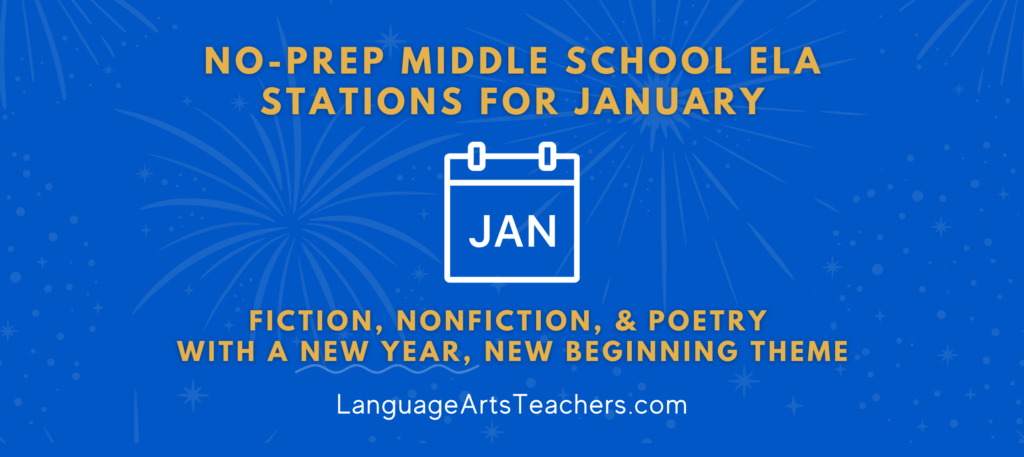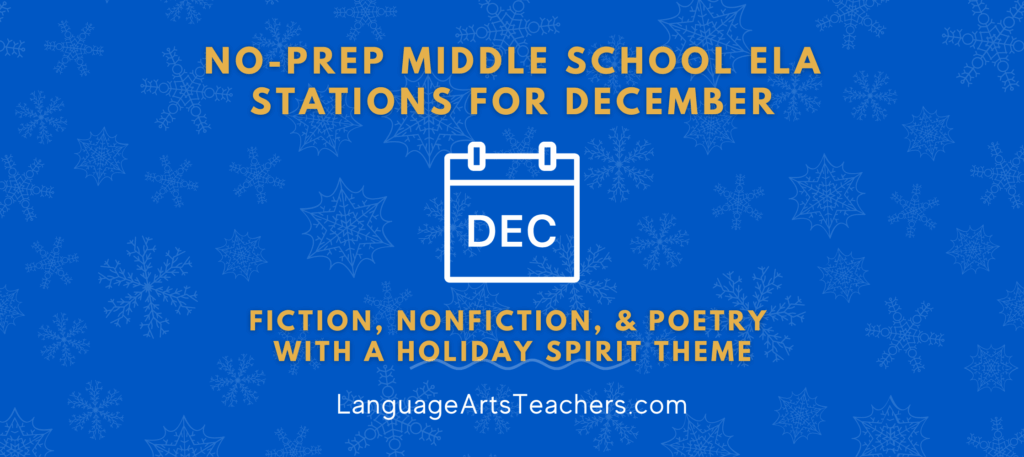Are your middle school students having a hard time understanding how to paraphrase and summarize?
In our day of INTENSE information overload, this is pretty normal. Students nowadays spend so much time online consuming huge amounts of information that it can be hard to summarize a long passage into concise ideas.
But don’t worry—there are things you can do to help your students master this form of writing!!
I’m sharing with you today some tried-and-true methods middle school ELA teachers have used to help their struggling students.
Hopefully, some of these ideas will help you!

Paraphrase and Summarize by Outlining the Main Idea First
The key to a successful summary is understanding the main idea first. It might help to walk through this first as one group. Read the sample text out loud and then have students discuss what the main idea is. You can write it down on the board so it’s easy to see.
Then have students share why they know it’s the main idea. Have them point to specific places in the text that point to the main idea.
Once you have the main idea, you can pick out the supporting details. Write them in smaller letters underneath the main idea on the white board. And once again, make sure students point to specific places in the text where they see that supporting idea.
Now that students have the main idea and supporting details written out in an outline form, they can create their summary.
Start Big, Go Small
One issue a lot of students have is they tend to overwrite in their summaries. They have a hard time understanding what details should be left in and what details can be left out. (Hey, even adults can struggle with this!!)
In this case, it helps to let the students overwrite at first. Let them get the words and ideas out of their heads and onto paper.
Then have them read through their summaries and pinpoint what they can cut.
Work With What They Know
Students learn best when they’re working with what they already know. And for middle schoolers … that’s social media.
To get them to paraphrase and summarize, try asking them to write a social media post about the sample text. The average social media post is about 100 words or less, so this is a perfect correlation for them.
To make it even more succinct, tell them to write tweets about the main points of the sample text. Communicating ideas in 140 characters or less teaches them how to cut out unnecessary details.
Another way to bring in what’s familiar is by having them write hashtags under each paragraph of the sample text. This a simple way to highlight the most important details in each section.
Worksheets to Help Students Paraphrase and Summarize
There are also several helpful summary forms and graphics you can purchase to use in your classroom. These are helpful because they’re created by fellow teachers who have actually figured out what works with their students.
So chances are, they’ll work for your students, too!! 😊
Try this one for starters: Summary Writing Graphic Organizers. These are editable and come with a Google Classroom version (which is super helpful if your classes are still all online right now!). Plus, it’s only $4, so it won’t break the bank.
For nonfiction specifically, try the Nonfiction Summary Graphic Organizer, which is only $1, or Summarizing Nonfiction Texts * Summary Graphic Organizer for $4.50.
For a fiction summary exercise, try Distance Learning Summarizing Activities One Pager Graphic Novel, which comes with a fiction text and a booklet of worksheets students can fill out to practice how to paraphrase and summarize.
If these any of these tips work for your class, let me know in the comments below!
Stop feeling like you have to choose between prepping for class and enjoying family time by clicking the button below to grab several weeks of free bell-to-bell lesson plans for 6th, 7th, and 8th grade.




